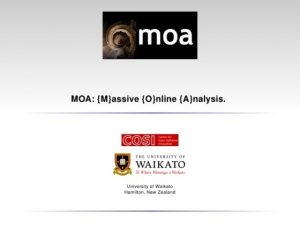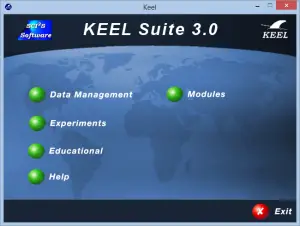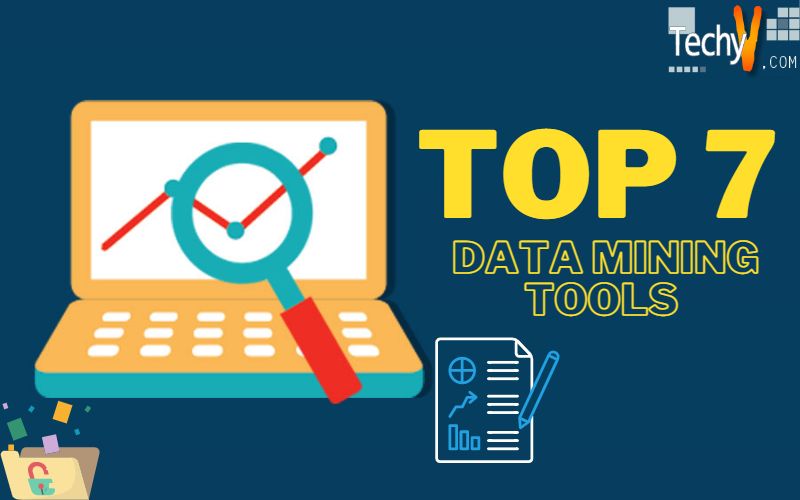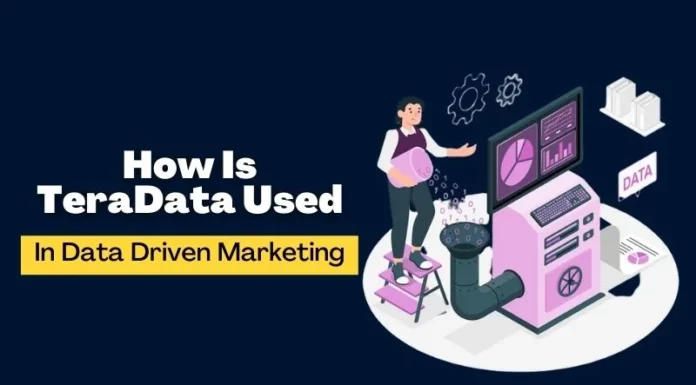Information mining, otherwise called learning revelation from databases, is a procedure of mining and dissecting measures of information and extricating data from it. Information mining can rapidly answer business addresses that would have expended a great deal of time.
Some of its applications incorporate market division – like recognizing qualities of a client purchasing a specific item from brand, misrepresentation location – distinguishing exchange designs that could presumably bring about an online extortion, and market-based and inclines examination – what items or administrations are acquired together, and so forth.
This article centers on the different open source alternatives accessible and their noteworthiness in various settings.
1. Orange
Python clients playing around with information sciences may be comfortable with Orange. It is a Python library that forces Python contents with its rich arrangement of mining and machine learning calculations for information pre-preparing, order, displaying, relapse, grouping and different various capacities.

Orange additionally accompanies a visual programming condition, and its workbench comprises of instruments for bringing in information and moving gadgets and connections to associate for finishing the work process.
The visual programming accompanies a simple to-utilize UI, with a lot of online instructional exercises for help. Because of the simplicity of programming and combination in Python, Orange can be a take-off point for tenderfoots and specialists to dive into information mining.
2. DataMelt
DataMelt or DMelt does substantially more than just information mining. It is a computational stage, offering measurements, numeric and emblematic calculations, logical perception, and so forth.

To abstain from straying from our point, I’ll limit myself to just covering its information mining abilities. DMelt gives information mining highlights like to direct relapse, bend fitting, group examination, neural systems, fluffy calculations, expository figurings and intelligent representations utilizing 2D/3D plots and histograms.
One can play around with its IDE (incorporated advancement pack), or its capacities called from applications utilizing its Java API. Both people group and business releases of DMelt are accessible on Linux, Mac OS, Windows and Android stages.
DMelt is a preprocessor for jHepWork and SCaVis programs, which a few people working in information investigation may be acquainted. This product is appropriate for understudies, specialists, and researchers.
3. MOA
Enormous Online Analysis (MOA), as the name recommends, is principally information stream mining programming that is appropriate for applications that need to deal with volumes of continuous information streams at a fast. MOA is circulated under GNU GPL and can be utilized using the summon line, GUI or Java API.

It is an accumulation of machine learning calculations and has ended up being a decision amid the outline of ongoing applications. Stream mining calculations regularly require quicker calculations without putting away the vast part of the datasets in the memory and need to complete the work inside a constrained time.
MOA is appropriate for these prerequisites. Weka and MOA can firmly be connected to each other, and both of the classifiers can call from the other one. For those hoping to break down and mine data from continuous information, MOA can be the best decision.
4. Rattle
Rattle, extended to ‘R Analytical Tool to Learn Easily,’ has been produced utilizing the R factual programming dialect.

The product can keep running on Linux, Mac OS, and Windows, and highlights insights, grouping, displaying and representation with the registering energy of R. Shake is presently being utilized as a part of the business, business undertakings and for showing purposes in Australian and American colleges.
5. ELKI
ELKI is open source programming written in Java and authorized under AGPLv3. This product centers particularly on bunch examination and exception location with a gathering of various calculations from both these spaces.

The product gotten through a GUI that shows the outcomes once they chose calculation run. ELKI’s plan objectives are execution, adaptability, culmination, extensibility and a particular outline to welcome commitments. ELKI right now doesn’t offer help and the product is advanced for use in science and research. Subsequently, this choice works best for those in look.
6. Apache Mahout
Mahout is a library of machine learning calculations that can help in bunching, grouping and successive example mining. It can utilize as a part of an appropriated mode that uses simple reconciliation with Hadoop.

Mahout is as of now being utilized by a portion of the mammoths in the tech business like Adobe, AOL, Drupal, and Twitter, and it has likewise affected research and scholastics. It can be an incredible decision for anybody searching for simple reconciliation with Hadoop and to mine volumes of information.
7. Keel
Keel (Knowledge Extraction for Evolutionary Learning) is a Java-based open source device circulated under GPLv3. It fueled by an efficient GUI that gives you a chance to oversee (import, send out, alter and imagine) information with various record designs, and to explore different avenues regarding the knowledge (through its information pre-handling, factual libraries and some standard information mining and developmental learning calculations).

Since KEEL depends on Java, JVM must be introduced on the framework to run its GUI and do information mining tests. You may visit http://keel.es/for the entire rundown of bolstered calculations. The Bottom is perfect for examining and instructive purposes. It fills in as a helpful guide for educators.

















